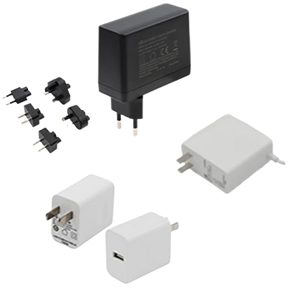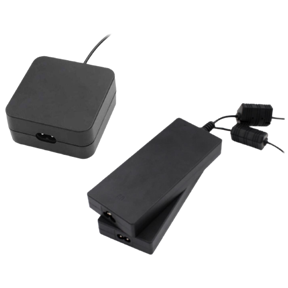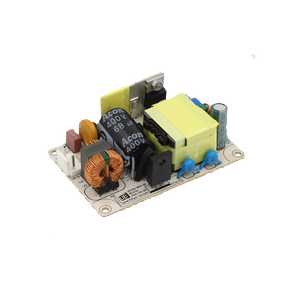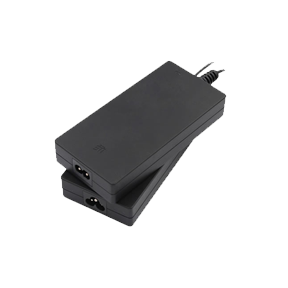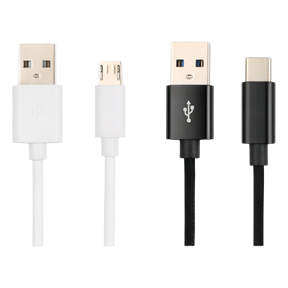Introduction of fully integrated isolator
All isolated DC/DC power converters include input filters, output filters, transformers, primary switches, secondary rectifiers and a controller. The controller can refer to either the primary ground or the secondary ground. An isolated half-bridge power converter whose controller uses the primary ground as the reference ground. There are a total of 4 crossing points on the isolation boundary: power transformer, feedback signal, and 2 synchronous rectifier MOSFET control signals. Because the feedback signal is a relatively slow analog signal, an optocoupler is usually used to isolate the feedback signal. Most optocouplers are too slow when used in synchronous MOSFET gate electronics. There are also suitable fast optocouplers, but this will lead to a substantial increase in cost.
All these newly developed fully integrated isolators are very practical. When sending gate drive information through the isolation boundary, they promise to have better reliability than traditional transformer-based gate drive isolators, while also being smaller in size. For any isolation scheme, power converter applications can be quite difficult. Another issue that must be treated with caution is dV/dt sensitivity. We need to quickly switch the potential from one ground to another to understand whether the differential output of the isolator remains in state during and after the transient.
Electromagnetic sensitivity is another issue that needs to be concerned. When encountering an external magnetic field, the isolator must be kept in a proper state. The operating temperature of many new devices is limited to below 85°C, which may be too low in some power converter applications. Most of these new technologies require an independent 5V bias on the primary and secondary sides of the device. Compared with traditional isolation transformers, this may require additional support components. The inputs of these new devices are usually configured for TTL thresholds and support up to 5V. Some new controllers (such as NS's LM5035C) provide 0~5V control output to be directly compatible with this new isolator.

